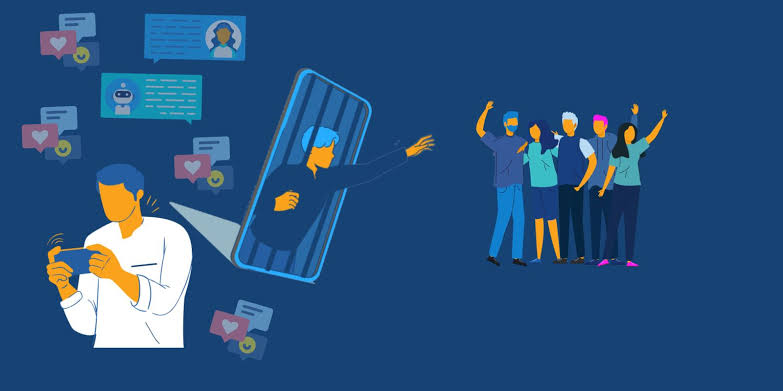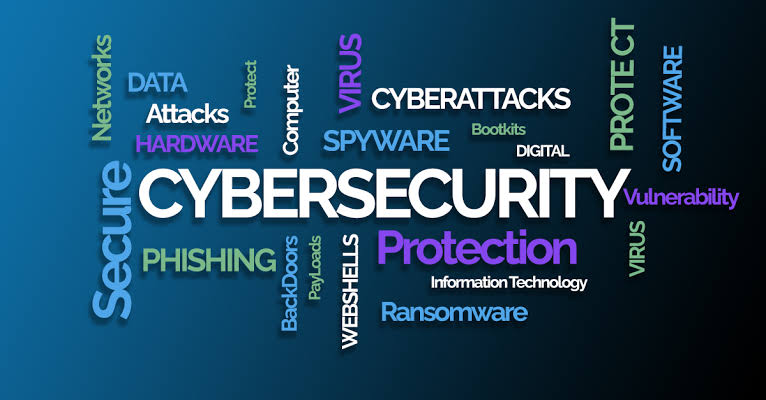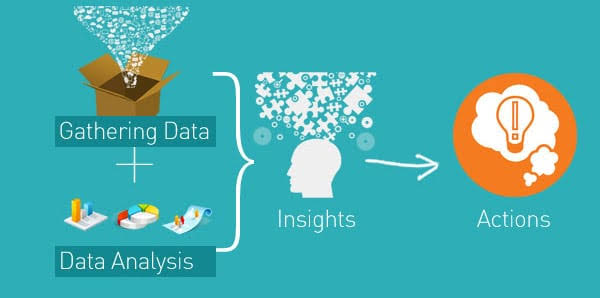Technology has become deeply woven into daily life, shaping how people work, study, communicate, and entertain themselves. While its benefits are undeniable, the excessive use of digital devices and platforms has created a modern challenge known as tech addiction. This condition is marked by compulsive engagement with gadgets, social media, video games, or online activities to the point where it interferes with productivity, relationships, and overall well-being. Managing tech addiction requires conscious effort, practical strategies, and a balanced approach that allows individuals to enjoy technology without becoming controlled by it.
Recognizing the Signs of Tech Addiction
The first step in managing tech addiction is acknowledging its presence. Many people do not realize how much time they spend on their devices until they begin to see negative effects in their lives. Common signs include:
- Constantly checking phones or social media without purpose
- Difficulty focusing on tasks without distraction from gadgets
- Neglecting sleep, work, or personal responsibilities because of screen time
- Anxiety or irritability when separated from devices
- Loss of interest in offline activities or face-to-face interactions
By recognizing these behaviors early, individuals can take steps to regain balance before the problem worsens.
Setting Clear Boundaries with Technology
One effective way to manage tech addiction is by setting boundaries. This involves limiting the amount of time spent on devices and creating rules for their use. For instance, designating specific hours for social media or gaming helps reduce compulsive use. Families can establish device-free zones, such as dining tables or bedrooms, to encourage more meaningful interactions.
Many people also find success in using digital well-being features available on smartphones. These tools allow users to track screen time, block distracting apps, and schedule downtime. Boundaries are most effective when they are realistic, consistent, and supported by a willingness to prioritize offline activities.
Creating a Balanced Daily Routine
Tech addiction often arises from a lack of structure in daily life. By creating a balanced routine, individuals can reduce the temptation to rely heavily on devices. Allocating time for work, exercise, reading, hobbies, and social interactions encourages healthier habits.
Engaging in offline activities, such as walking outdoors, painting, or playing sports, provides alternatives that enrich life beyond screens. A well-rounded routine reduces boredom, one of the common triggers of excessive technology use.
Practicing Digital Detox Periods
A digital detox is a powerful method for regaining control over technology. This involves intentionally disconnecting from devices for a specific period, whether a few hours, a day, or an entire weekend. These breaks help individuals reset their relationship with technology and appreciate the value of face-to-face communication and personal reflection.
Short digital detoxes can be integrated into daily routines, such as avoiding screens an hour before bed or keeping phones out of reach during family gatherings. Longer detox periods, such as vacations without internet access, can have lasting positive effects on mental health and productivity.
Building Self-Discipline and Mindfulness
Managing tech addiction also requires self-discipline and mindfulness. Being mindful means becoming aware of how and why technology is being used. For instance, instead of mindlessly scrolling through social media, individuals can ask themselves whether the activity adds value to their lives.
Mindfulness practices such as meditation, journaling, or breathing exercises can also help reduce the impulse to reach for devices. Over time, mindfulness builds stronger self-control, making it easier to resist unhealthy technology habits.
Encouraging Social Connections Offline
Excessive reliance on digital platforms often reduces the quality of real-world relationships. Strengthening offline connections is a crucial part of managing tech addiction. Spending time with family, friends, or community groups provides emotional fulfillment that screens cannot replace.
Organizing social activities like game nights, outdoor sports, or group study sessions creates natural breaks from devices. These interactions not only reduce screen time but also contribute to stronger mental health and well-being.
Using Technology More Intentionally
Technology itself is not the problem; it is how it is used. Shifting from passive to intentional use helps individuals take control of their digital habits. Instead of endlessly consuming content, people can use technology for learning, creativity, and skill development.
Setting goals for online time, such as completing an online course or reading educational articles, ensures that technology use is purposeful. Intentional use transforms gadgets from distractions into tools that support personal and professional growth.
Seeking Professional Support When Needed
For some individuals, tech addiction may become severe enough to require professional support. Therapists, counselors, or support groups can provide strategies tailored to individual needs. Cognitive-behavioral therapy (CBT), for example, is often used to treat addiction by helping individuals change harmful thought patterns and behaviors.
Support groups, both online and offline, provide encouragement and accountability. Knowing that others face similar struggles can motivate individuals to make lasting changes.
The Role of Parents and Educators
For young people, parents and educators play a key role in managing tech addiction. Children and teenagers are particularly vulnerable because they grow up surrounded by digital devices. Setting rules, monitoring screen time, and encouraging offline hobbies are essential steps in guiding them toward healthier habits.
Schools can also integrate digital literacy and awareness programs to help students understand the risks of overusing technology. When parents and teachers model responsible technology use, it reinforces positive behaviors in children.
Conclusion
Tech addiction is a growing challenge in today’s digital world, but it can be managed with practical strategies and consistent effort. By recognizing the signs, setting boundaries, creating balanced routines, and practicing mindfulness, individuals can regain control over their digital lives. Social connections, intentional use of technology, and professional support further strengthen the path toward healthier habits.
Ultimately, managing tech addiction is about balance. Technology is a valuable tool, but it should not replace meaningful experiences, personal growth, or real-world connections. With awareness and discipline, individuals can enjoy the benefits of technology without becoming trapped by its overuse.



